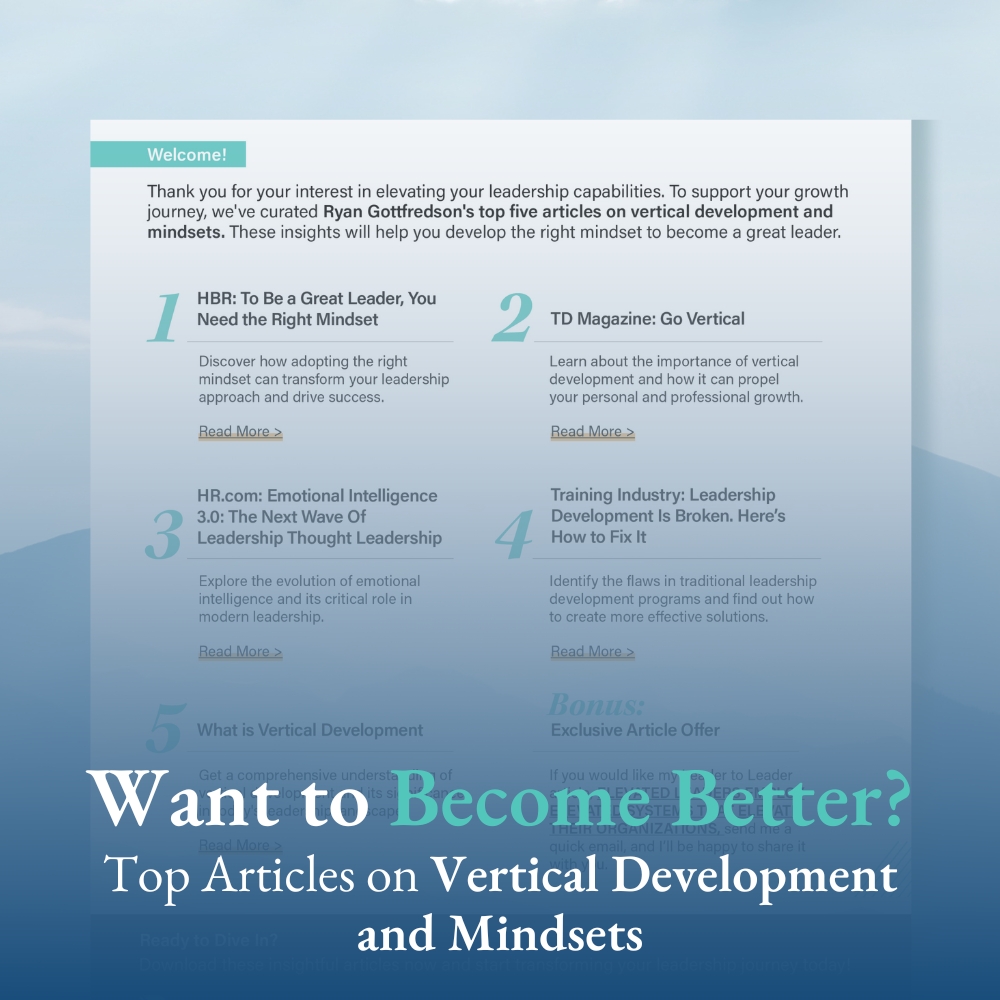Consider the following quote:

(In fact, in the comments, let me know whether or not you agree with it and why.)
For now, let’s take it at face value and assume that people and organizations are either committed to greatness, or by default, they are committed to mediocrity.
Let’s apply this quote to your organization.
Do you think your organization is more committed to greatness or mediocrity?
What are signs that indicate an organization has adopted the default commitment to mediocrity?
Here are some initial ideas:
-
Leaders and employees are more concerned about avoiding problems than seeking solutions and adding value
-
Organization is focused on what is urgent more than what is important
-
The culture is one of competition instead of collaboration
There is one other sign that I want to highlight. What happens in your organization when an employee calls for positive change, invites others to think differently, or seeks to inspire others to operate at a higher level?
In organizations committed to mediocrity, such employees are seen as deviants and are socially incentivized to keep their lips shut and fall in line.
In organizations committed to greatness, that should never happen. If an organization is truly committed to greatness, employees will feel safe calling for change and other employees will be open to considering new ideas and invitations to operate at a higher level.
What drives a commitment to mediocrity?
In order to answer this question, we must consider: What causes employees to resist calls for positive change, invitations to think differently, and inspiration to operate at a higher level?

At the root of any resistance and any reluctance is fear.
When employees are not open to new ideas, it is because they are afraid of consequences that may ensue if they pursue those new ideas.
When employees are reluctant to think differently, it is because they are afraid that thinking differently will result in them having to admit that how they had been thinking was incorrect.
When employees are closed to invitations to operate at a higher level, it is because they are fearful that doing so may cause them to drop some of the many balls that they are juggling.
How to we drive a commitment to greatness?
Creating a culture committed to greatness requires taking ownership for being a fear exterminator. Do you know the level of fear that exist in your employees? Do you know why they feel such fear? Do you know where the biggest sources of fears are in your organization? Is it the leaders? Is it peers? Is it customers? Is it the incentive structure? The evaluation process?
If you want to be someone committed to greatness, and if you want to create a culture that is committed to greatness, you need to investigate these questions, identify where the common fears lie, and pull them out by the roots.
The Difference between a Commitment to Mediocrity and a Commitment to Greatness
The table below shows how organizations/teams/employees with each form of commitment focuses differently across common areas of emphasis:

I hope this inspires you to root out fear in your organization, and in doing so, empower employees with the opportunity to be generous, excellent, extraordinary, value-providing, virtuous, caring, and flourishing.
This article is the 14th article in a series of articles all about helping people and leaders become people of positive influence, people that others want to follow.
-
Article 1: Why Do Organizations Miss the Mark when Developing their Leaders?
-
Article 2: Becoming a More Positive Influence: Rewire Your Brain
-
Article 3: Becoming a More Positive Influence: Develop a Self-Purpose
-
Article 4: Becoming a More Positive Influence: Know How to Build Trust
-
Article 5: Becoming a More Positive Influence: Are You the Villain?
-
Article 6: Becoming a More Positive Influence: Enhance Your Emotional Intelligence
-
Article 7: Becoming a More Positive Influence: Be Intellectually Humble
-
Article 8: Becoming a More Positive Influence: Investigate and Improve Your Why
-
Article 9: Becoming a More Positive Influence: Be Someone Others Want to Follow
-
Article 10: Becoming a More Positive Influence: Improve the Lenses You Use to See the World
-
Article 11: Becoming a More Positive Influence: Show Appreciation
-
Article 12: Becoming a More Positive Influence: Heal Thyself and Lead from Heart, not Hurt!
-
Article 13: Becoming a More Positive Influence: Be Intentional










